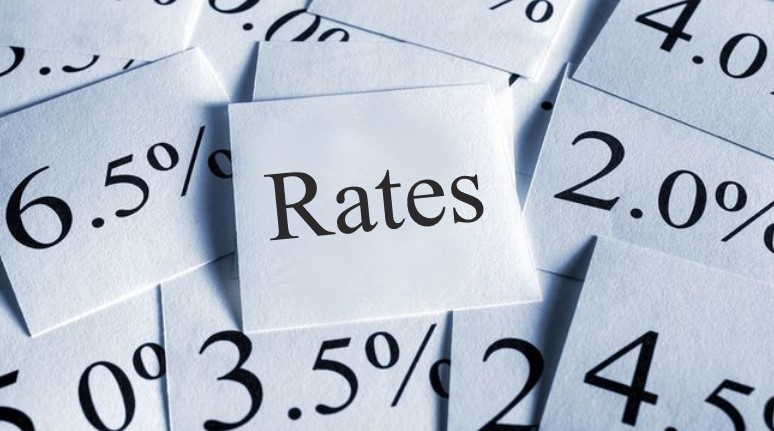The Bank of Canada, at the April 10th policy meeting, once again left the key overnight rate unchanged at 5%. Wednesday was the 6th meeting in a row where the benchmark figure was left unchanged. The last time the rate did move was July 12th, 2023 when the Bank raised it from 4.75% to 5.0%.
The Bank of Canada remains concerned about inflation, here and in the US. While our economy has stalled a bit, growth is expected to pick up in the latter half of the year.
Despite the hold on rates average mortgage rates for April 2024 are down sharply compared to the late fall, with 3, 4 and 5 year fixed mortgage rates dropping by roughly 50 basis points.

The current April 2024 average rates from a basket of lenders across the country are:
1-year fixed insured 7.40%
2-year fixed insured 6.74%
3-year fixed insured 6.05%
4-year fixed insured 5.92%
5-year fixed insured 5.54%
3-year variable insured 7.28%
5-year variable insured 6.82%
Is the mortgage stress test still a thing in 2024? Yes it is, and with the higher rates we’ve seen, it’s even harder to qualify for a mortgage. The rules require you to qualify at either 2% above the rate your lender is offering you or 5.25%, whichever is higher.
Being forced to qualify at the higher stress test rate causes the principal portion of your monthly mortgage payment to shrink, lowering the maximum amount you’ll be allowed to borrow for your mortgage. But the rate you’ll actually pay once you buy is the rate you are offered by your lender. Your monthly payments will be calculated from this lower rate, not the stress test rate. As a result your monthly mortgage bill will be smaller too.
The stress test has been quite unpopular so the federal government has rolled out several new changes to make it easier to buy a home. They are now offering a first time buyer’s credit of $5000, and an increase in withdrawals from your RRSP to $35,000.
In addition existing borrowers are no longer required to re-qualify at the stress test rate when they renew or refinance their mortgages. This will allow borrowers some flexibility if they want to choose a different lender as they are no longer under the pressure of qualifying at an additional two percentage points.
If you’re looking for mortgage info or help please reach out.






